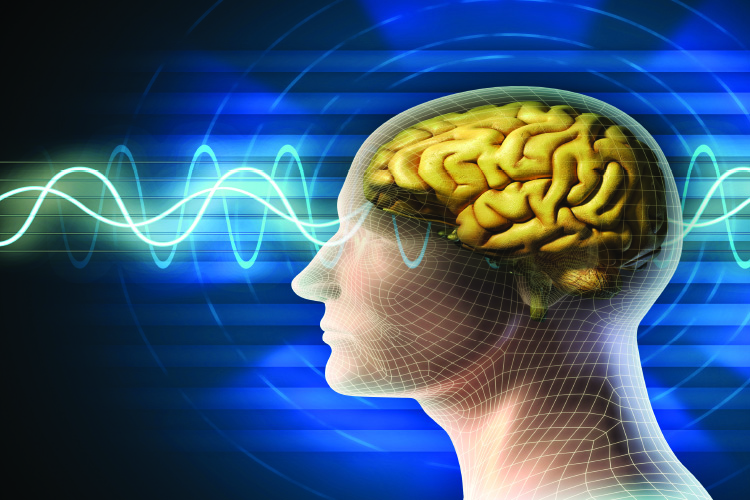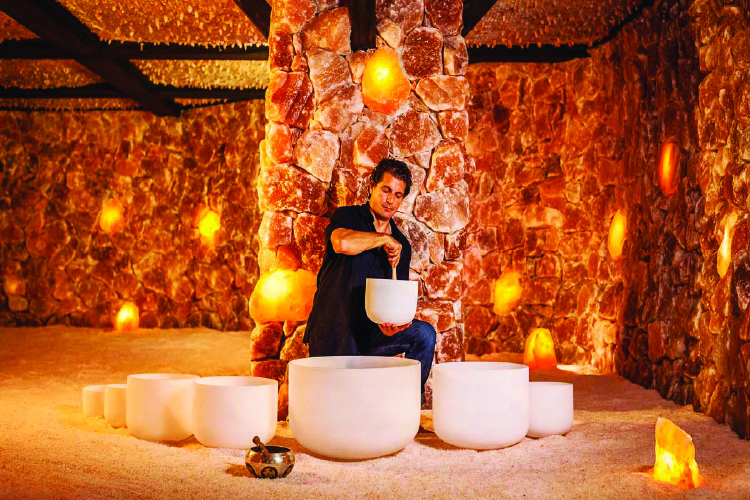“Sound is closely associated with the soul—the part of us that reflects something deep and eternal. This is why most illnesses indicate soul issues, and why therefore both sound and music—the language of our soul—can help restore our health.”
~Russill Paul, Author, the Yoga of Sound
I often hear the remark, “all music is healing,” while that may be, some sounds tend to be more so than others.With the sound healing genre exploding in popularity worldwide, self-proclaimed practitioners seem to crop up everywhere. It’s no surprise that more enthusiasts are asking, is there a distinction between“sound baths” and just plain noise? Harmony and dissonance? Sounds that drain and agitate and sounds that uplift and inspire? And what about volume!?
After years of presenting as a certified sound practitioner and offering countless group workshops and events, I’ve come to know many musicians both with and without sound healing training, I discovered that there are stark differences in the style and approach to sound healing among the less sensitive ones, some of which have disturbed and even repulsed some guests.
Still, the growing popularity of sound as an energy healing modality is its eclectic appeal—even silence carries a vibration. Each frequency has the power to bridge and fill vast gaps, to feed and nourish reach each person. Studies published by the Tama-Do Academy, and other sound healing authorities show that there are nuances and techniques that go into making sound a healing force. Each of Tama-Do’s techniques, for example, is tested for seven years before being used publicly.
So, can anyone make therapeutic sound? The jury is out. But like any discipline, training is an essential facet and I find wisdom in this simple formula: Frequency + Intention (+ Presence) = Healing sound. I’ve found that it is neither musicality nor music mastery that makes sound therapeutic, but rather a deep and ongoing relationship with ‘energy,’ and a warm, positive in-the-flow attitude.
Table of Contents
Frequency
Music Theory Intervals: Not all sound worker have to be a musicians but mastering basics about music intervals are essential to effective sound therapy. Knowing how to stimulate and sedate with sound is a product of understanding music’s universal laws and vibration’s dynamics. Experience with rhythm, harmony, timbre, grouping of instruments, volume and quality of vibration on others are also key. Make sure you ask if your practitioner’s work is grounded in any kind of research or science. Beware of anyone who is blasting your ears with loud amplified noises and calling it a healing experience! If it gets too loud to bear, you can always cover your ears or ask them to turn it down!
Overtones: These are only found in natural acoustic sounds, including the voice. Overtones are a sequence of layered frequencies that come into effect over time and only after a fundamental tone is struck. They create a spiraling effect on the consciousness; and, energy experts believe, can decrystallize heaviness in the energy field that lies between the physical and non-physical world.
Intention
Attitude: Loving what you do and what you share with the world makes a difference—if your sound healer connects to a peaceful and joyful place through their sound work, then the chances are you will too. What a person is feeling when they play an instrument is amplified through sounds created, so it lifts a room when sound workers are genuinely enthusiastic, in their bodies and clear of drama or heavy substances.
Presence
Creating Space: Different to performance, sound healing thrives when space is given to receivers to tune into something grander than themselves. Opening space enables overtones to expand and tension to release. In fact, practitioners who stay in wonder and in the moment stand out among the best sound healers in the world who I’ve worked with. What they share is inspired, unforced and guided by the energy of the space and the people in it. Deep seated memories can come forward in sound healing so it’s important to remain sensitive and not “disturb the sounds” with too much technical busyness—this includes charging around the room banging on things to fill the space. Loopers, IPADS and other electronics also take a practitioner out of the moment.
Initiation: This is a BIG one. Most sound healers who follow a practice and a qualified master or school tend to have a better grasp of this work. Others mistakenly feel that they can do this work because their left elbow told them to, or they took a weekend workshop a few years back or that their girlfriend is a shaman. Being a musician all your life doesn’t qualify you as a sound healer either. Apprenticing with an experienced teacher who can bring the best out of you and help you combine method and intuition is key. At the Tama-Do Academy of Sound, Color and Movement, we constantly worked with energy cultivation, Chinese Medicine, Music theory, color vibration, science and Chi-Gong practice before picking up an instrument. On every level, practitioners were being tested and honed.
What to Avoid?
Headspace: Most musicians love to ‘jam’ and put a listener into a mental headspace governed by sophistication of composition, technical mastery, production value or entertainment skills. These get in the way of staying present to reach people. In the energy world, less is more.
“Bitchin’”: Bad Ass Sounds and Kick Ass Break Beat Jams — Being responsible for what works in a therapeutic context means it’s best to leave behind stage personas for a change. Replace the cool and edgy with what carries the unique power and simple message of each practitioner’s gift. The more the sounds you hear become part of a scene complicated by edginess, phat jams and attitude, the less accessible it is for those trying to break out of the beatbox and come back to themselves.
Boredom/Cheese (unless you aim to be playful): A lot of fancy-named so-called spiritual music, can be described as monotonous and dull. I witnessed one person force our group to bleat the same monotone mantra for 25 minutes once and then added a second exercise of the same length–the entire room had switched off by the time we reached the sound journey. Successful sound workers make the group experience enjoyable, light, and interactive with their artistry.
Technosphere: Please, please, PLEASE give the synthesizer a rest. This is an excellent recording device because you can control just about every aspect of anything, but it amplifies artificial sound waves which contain no overtones or living sound energy. They’re great for entertainment, but the more synths you use, the more you risk fatiguing or even frying your guests. Even the most advanced samplers do not capture pure overtones—this is where the magic of sound healing occurs.


















